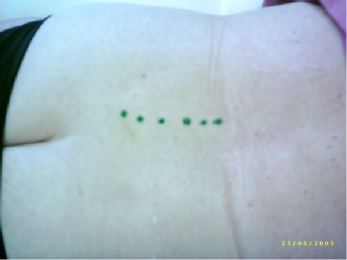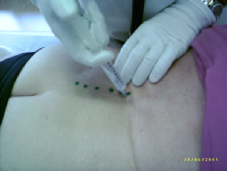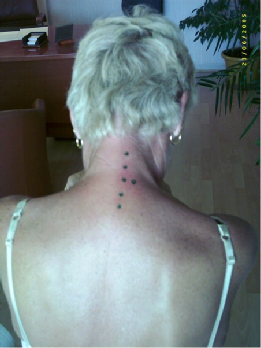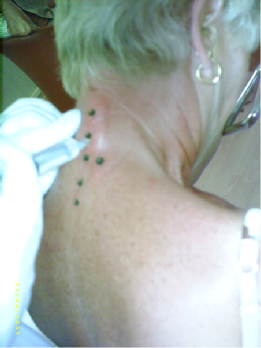Causes
Neuralgia is most often caused by an extrinsic compression of mechanical origin, due to an intervertebral disc (protruding or herniated disc), or peripheral marginal osteophytosis (cervical bone spurs). This compression directly affects the root of the nerve, or indirectly affects the disc itself through crushing (pinched disc). It can lead to a denervation syndrome with a “neurogenic” lesion.
Treatment
Treatment must first act directly on the cause, i.e. on the bone exerting the “vice-like” mechanical stress, by reducing peripheral bone condensation during mesochelation sessions combined with percutaneous hydrotomy to “Dilate” and hydrate the intervertebral disc. At this stage, analgesics, anti-inflammatory drugs, and corticosteroids often hold no great interest. Subsequently, once the mechanical cause has been treated, the nerve lesion (or neurogenic lesion) can be repaired thanks to local use of B-group vitamins, magnesium and tricyclics (Laroxyl-Anafranil type) delivered by very specific protocols. Carpal tunnel is treated by a specific therapeutic protocol



